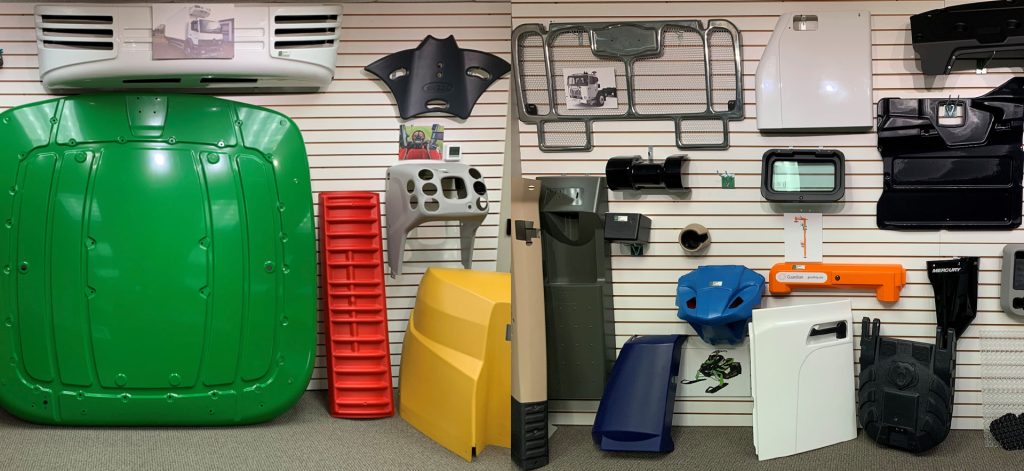Custom plastic manufacturing plays a pivotal role in a wide selection of industries, providing designed answers to generally meet unique needs. In this article, we explore in to the world of custom plastic creation, from the first design phase to the ultimate item delivery.
The Style Stage:
Client Venture: Custom plastic manufacturing an average of starts with a effort between the manufacturer and the client. The client communicates their unique demands, including measurements, material preferences, and intended use.
Material Choice: Selecting the most appropriate plastic-type material is crucial. Companies manual customers in selecting products predicated on factors such as toughness, temperature weight, and substance compatibility.
Computer-Aided Style (CAD): Style engineers use CAD computer software to generate specific 3D types of the custom plastic portion or product. This allows for complete examination and modifications before production.
Prototyping and Testing:
Quick Prototyping: A model is usually created to validate the design’s operation and aesthetics. Quick prototyping techniques like 3D printing allow quick iterations and adjustments.
Product Screening: Prototypes undergo material testing to make sure they match given performance requirements, such as for instance load-bearing capacity and durability.
Customer Approval: Clients evaluation and approve the model, providing feedback for final adjustments.
Generation and Manufacturing:
Tooling and Molding: After the design is finished, makers create molds and tooling essential for production. Different techniques like treatment molding, extrusion, and thermoforming are employed.
Quality Control: Rigorous quality control measures are applied for the duration of generation to make sure detail, consistency, and compliance with specifications.
Modification: Custom plastic production permits special characteristics, colors, and branding aspects to be integrated into the ultimate product.
Assembly and Presentation:
Assembly: If the custom plastic item consists of multiple parts, assembly procedures are moved out meticulously, often concerning computerized machinery.

Presentation: Finished goods are cautiously sold to guard them all thermoforming suppliers transport and storage.
Delivery and Post-Sales Support:
Timely Distribution: Makers ensure on-time distribution to meet up customer requirements and generation schedules.
Customer Help: Post-sales help, including warranty and maintenance companies, is provided to keep up the endurance and operation of custom plastic products.
Conclusion:
Custom plastic manufacturing is an energetic procedure that involves relationship, detail executive, and quality control. Whether it’s providing parts for the automotive market or making intricate medical units, the modification of plastic materials presents endless opportunities for innovation.
